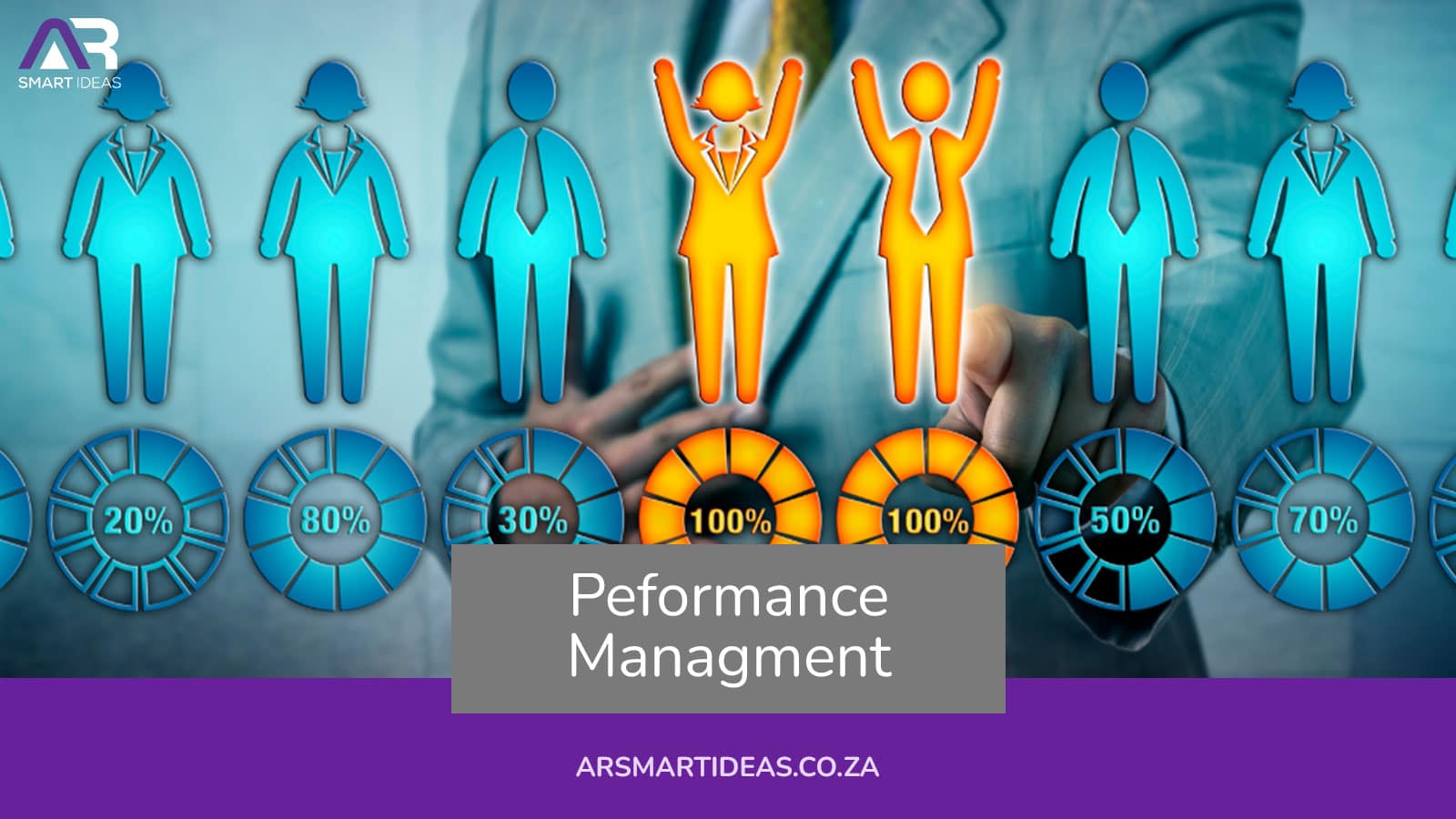How to Unleash the Potential of AI in HR: 10 Practical Applications for HR Leaders
In this article, we explore how Artificial Intelligence (AI) is changing Human Resources (HR) practices, as outlined in the ‘2024 HR Trends’ report by SAP. Our AR Smart Ideas experts have distilled these trends into 10 actionable points for HR managers and executives to implement immediately.
- Skills Ontologies
AI-enabled skills ontologies lay the groundwork for advanced skills inference and matching, streamlining talent acquisition and development processes. HR leaders can leverage this technology to identify skill gaps, map career paths, and optimize workforce capabilities. HR leaders should invest in AI-driven skills mapping tools to enhance talent acquisition strategies and foster career development opportunities within the organization.
- Intelligent Workforce Planning:
AI empowers HR teams to analyze vast datasets and make informed decisions regarding workforce planning and project staffing. By leveraging AI-driven insights, HR leaders can align staffing levels with business objectives, ensuring optimal resource allocation. HR leaders should implement AI-powered workforce planning solutions to enhance agility and responsiveness in addressing staffing needs, thereby driving organizational success.
- Objective Human Skills Assessment:
Machine learning and natural language processing technologies enable more precise measurements of complex “human” skills such as creativity and emotional intelligence. HR leaders can utilize AI-driven assessments to evaluate candidates objectively and identify top talent. HR Leaders should incorporate AI-driven skills assessment tools into recruitment processes to ensure fair and accurate candidate evaluations, promoting diversity and inclusion.
- Microlearning Content Creation:
Generative AI can transform extensive training materials into concise, digestible learning modules, catering to employees’ preferences for bite-sized learning. HR leaders can leverage this technology to deliver personalized learning experiences and enhance employee engagement. HR leaders should embrace AI-powered microlearning platforms to deliver targeted training content, fostering continuous learning and skill development among employees.
- “Pricing” Skills:
By analyzing internal and external market data, AI can determine the monetary value of different skills, informing compensation strategies and talent acquisition decisions. HR leaders can utilize this information to attract and retain top talent effectively. HR leaders should leverage AI-driven skills pricing insights to benchmark compensation packages, ensuring competitive offers that align with market trends and organizational goals.
- Assessing and Improving Culture:
AI-powered sentiment analysis can evaluate organizational communication and connections, providing insights into cultural strengths and areas for improvement. HR leaders can leverage AI-driven analytics to nurture a positive workplace culture and drive employee engagement. HR leaders should implement AI-driven culture assessment tools to identify cultural strengths and opportunities for enhancement, fostering a supportive and inclusive work environment.
- Designing Jobs:
AI can analyze employee skills and performance data to identify opportunities for redesigning roles and maximizing employee engagement. HR leaders can utilize AI-driven job design solutions to create rewarding and fulfilling roles that align with organizational objectives. HR Leaders should explore AI-powered job design tools to optimize role structures and responsibilities, enhancing employee satisfaction and productivity.
- Mitigating Bias in Talent Acquisition:
AI can ensure fair and unbiased candidate selection processes by identifying and removing biased language from job descriptions. HR leaders can leverage AI-driven solutions to promote diversity and equity in recruitment practices. HR leaders should integrate AI-powered bias mitigation tools into recruitment workflows to minimize unconscious bias and enhance candidate diversity.
- Matching the “Hidden Workforce” to New Opportunities:
AI can recruit talent based on skills rather than traditional qualifications, tapping into the “hidden workforce” of skilled professionals. HR leaders can leverage AI-driven sourcing tools to identify and engage candidates with relevant skills.
Action for HR Leaders: Utilize AI-powered talent acquisition platforms to expand the candidate pool and fill roles based on skills and potential rather than solely on experience or education.
- Reallocating DEI&B Resources with Analytics:
AI can analyze the effectiveness of Diversity, Equity, Inclusion, and Belonging (DEI&B) initiatives and recommend process improvements. HR leaders can leverage AI-driven analytics to optimize resource allocation and drive meaningful outcomes in diversity and inclusion efforts.
Action for HR Leaders: Leverage AI-driven analytics to assess the impact of DEI&B initiatives and prioritize resource allocation for maximum effectiveness, fostering an inclusive workplace culture.
By embracing these AI-driven innovations, HR leaders can enhance talent management strategies, foster employee development, and drive organizational success in the digital age. Stay ahead of the curve by incorporating AI into your HR practices today.




